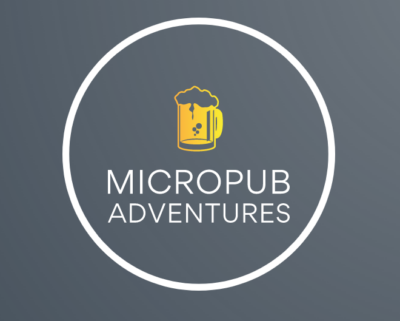“Mild. That’s an old man’s drink.” There’s a phrase from the past. The relatively recent past, just as the craft beer scene was gathering steam, and dark beers were porters or, increasingly, not just stouts but imperial stouts.

It has been driven into extinction in some cases. It slaked the thirsts of industrial workers when we were manufacturing goods for all corners of the empire. Now most of us are getting most exercise gesticulating at a Zoom colleague, urging them to turn off mute.
I like a mild. (Okay, I like most styles!). 4X Mild from St Austell Brewery used to be a favourite. Now it only makes an appearance as an occasional small batch brew, or for the brewery’s annual Celtic Beer Festival. We live in hope that that will return this year.
There is little mild around now, certainly in the West Country, although the style appears to be making something of a comeback nationally. Younger brewers particularly are taking up the challenge, although appear to be focused upon low-ABV, dark brews. While this is a description of most milds, it is worth noting, as Keith Fleet points out in this blog post, that mild is a style description and not determined by ABV or colour.
Doyen of beer style history, Martyn Cornell, takes issue with a claim that mild was developed as a less bitter version of porter or stout. In a 2013 blog post, he said: “Mild – properly mild ale – was the unaged, fresh version of ale, which began as the original unhopped British malt liquor, gradually (under the influence of beer, the hopped drink from the Continent) began being made with hops, but was around as a lightly hopped drink long before the arrival of porter and stout (which were developed from well-hopped brown beer).”
‘Proper’ Mild
My local, The Star, Crowlas, in West Cornwall, is a brewpub, and visitors are always glad to discover that, 95% of the time, there is a mild on. I can only think of two other pubs – the Driftwood Spars, St Agnes, and the Blisland Inn, on Bodmin Moor – where mild makes a regular appearance. Around September and October there tend to be a lot of visitors from the Midlands and North, of a certain age, who try the Mild and declare it to be “proper”.
Pete Elvin, owner of the Star, and brewer at Penzance Brewing Co, in the Star’s garden, brews his Mild “because I like it. Personally, I love mild.” His recipe is based on Mildlands milds such as Holden’s. Like me, he was a St Austell Mild fan, and used to enjoy it when he visited home on the Scillies in the 1990s when it was a fixture in St Austell pubs.
Penzance Mild is made with a base of Crisp Best (pale) ale malt, extra pale and brown malts, and small amounts of black and chocolate malt. First hops are Fuggles and East Kent Goldings, then there is a further addition of East Kent Goldings. Almost red in colour, this darkish brew offers a rich spectrum of flavours, with a body that belies its 3.6% ABV strength. Supping it last night, I picked out bitter chocolate and coffee, light berry fruits, nuttiness, vanilla, and even a hint of wood. It’s a thing of beauty and a strong recommendation.
I have decided that March will be Mild Month on Beer Today. I’m off to the Driftwood Spars beer festival today to try another mild there (I’ll report back). In the meantime, if you have a favourite mild let me know. Message on social media, or drop me an email at darren.norbury@gmail.com


